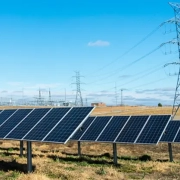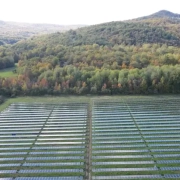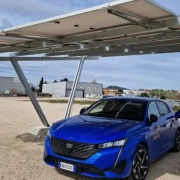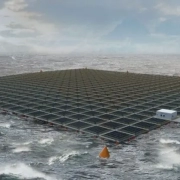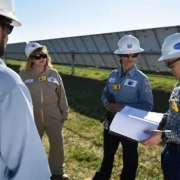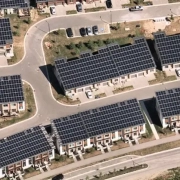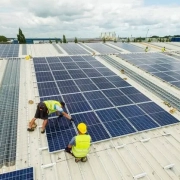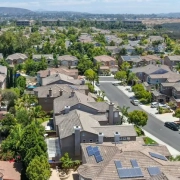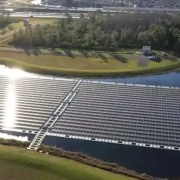By year-end 2023, 1086 GW of solar projects awaited transmission interconnection, along with 503 GW of standalone storage, according to preliminary data from Lawrence Berkeley National Laboratory (LBNL). The amount of storage in hybrid projects, such as solar-plus-storage projects, awaiting interconnection at year-end was estimated at 525 GW by LBNL, based on imputed values for missing data when storage capacity for hybrid projects was not reported.
The data were reported in a staff report from the Federal Energy Regulatory Commission (FERC).
LBNL’s preliminary values for all but one of the resource types awaiting interconnection are presented in the table below from the FERC staff report. The exception is hybrid storage, which FERC staff shows as 299 GW in the table, not LBNL’s preliminary 525 GW, because FERC staff excluded hybrid storage projects for which capacity was not reported.
Click here to read the full article
Source: PV Magazine
—
If you have any questions or thoughts about the topic, feel free to contact us here or leave a comment below.

